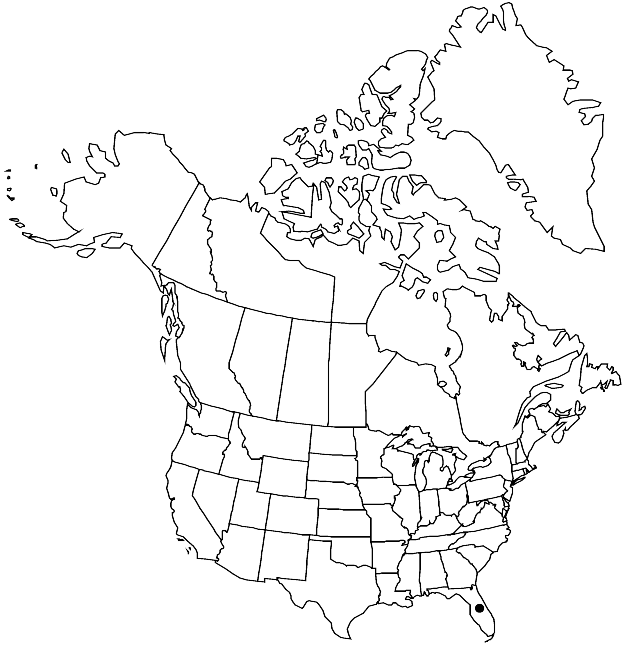Difference between revisions of "Cryphaea filiformis"
Muscol. Recent., suppl. 4: 139. 1818.
FNA>Volume Importer |
imported>Volume Importer |
||
| (3 intermediate revisions by 2 users not shown) | |||
| Line 10: | Line 10: | ||
|name=Neckera filiformis | |name=Neckera filiformis | ||
|authority=Hedwig | |authority=Hedwig | ||
| + | |rank=species | ||
|publication_title=Sp. Musc. Frond., | |publication_title=Sp. Musc. Frond., | ||
|publication_place=202. 1801 | |publication_place=202. 1801 | ||
| Line 16: | Line 17: | ||
|name=Cryphaea floridensis | |name=Cryphaea floridensis | ||
|authority=H. A. Crum | |authority=H. A. Crum | ||
| + | |rank=species | ||
}} {{Treatment/ID/Synonym | }} {{Treatment/ID/Synonym | ||
|name=C. glomerata var. scabra | |name=C. glomerata var. scabra | ||
|authority=Grout | |authority=Grout | ||
| + | |rank=variety | ||
}} | }} | ||
|hierarchy=Cryphaeaceae;Cryphaea;Cryphaea filiformis | |hierarchy=Cryphaeaceae;Cryphaea;Cryphaea filiformis | ||
| Line 43: | Line 46: | ||
-->{{#Taxon: | -->{{#Taxon: | ||
name=Cryphaea filiformis | name=Cryphaea filiformis | ||
| − | |||
|authority=(Hedwig) Bridel | |authority=(Hedwig) Bridel | ||
|rank=species | |rank=species | ||
| Line 58: | Line 60: | ||
|publication year=1818 | |publication year=1818 | ||
|special status= | |special status= | ||
| − | |source xml=https:// | + | |source xml=https://bitbucket.org/aafc-mbb/fna-data-curation/src/2e0870ddd59836b60bcf96646a41e87ea5a5943a/coarse_grained_fna_xml/V28/V28_918.xml |
|genus=Cryphaea | |genus=Cryphaea | ||
|species=Cryphaea filiformis | |species=Cryphaea filiformis | ||
Latest revision as of 21:39, 5 November 2020
Stems with branches elongate, branched. Leaves wide-spreading when moist, 1.3–1.6 mm; apex narrowly acute to short-acuminate; costa ending in base of acumen, laterally spurred, tip not 2-fid. Perichaetia with inner leaves 2.5–2.8 mm, awn distinct, strongly denticulate, 1/2 length expanded portion of leaf. Capsule with peristome double; exostome teeth single; endostome segments slender-triangular. Calyptra conic. Spores papillose.
Phenology: Capsules mature Mar–Apr.
Habitat: Twigs and branches of trees and shrubs, humid forests
Elevation: low elevations (0 m)
Distribution

Fla., Mexico, West Indies, Central America.
Discussion
Cryphaea filiformis is rather similar vegetatively to C. glomerata, but the branches of the former are generally longer and the interior perichaetial leaves are much longer with proportionally longer awns. Although A. J. Grout (1934) wrote that the capsules of C. filiformis are often at the apices of stems and branches, this is not correct; he was misled by a mixed collection that included Schoenobryum concavifolium in addition to C. filiformis. In S. concavifolium, the perichaetia are terminal. Cryphaea filiformis was attributed to Georgia by A. J. Sharp et al. (1994), but this was an error based on misinterpretation of the specimen label on A. J. Grout’s North American Musci Perfecti 218, a mixed collection partly from southern Florida and partly from southern Georgia.
Selected References
None.